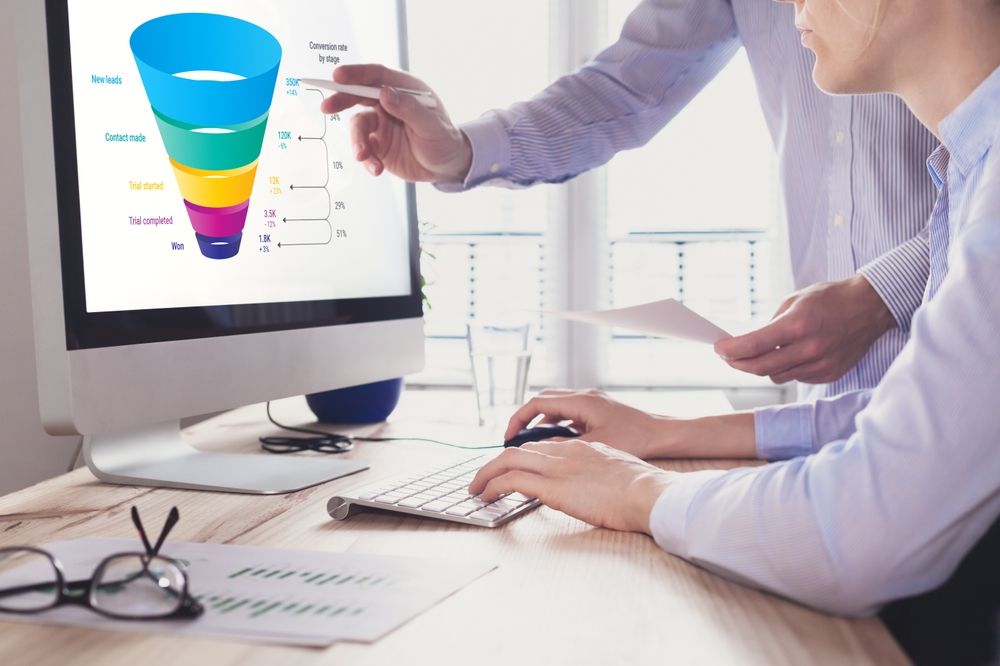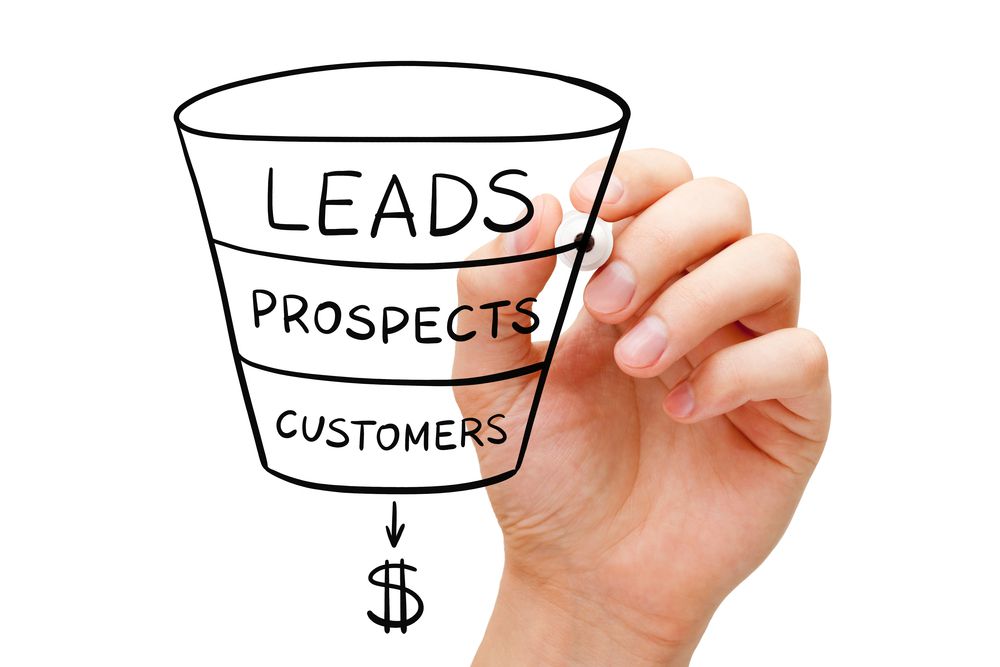Lead management is essential in business because it enables you to check for any bottlenecks in sales, opens opportunities for constant sales development, and aids in lead prioritization. Without lead management, it can be tough to get contractor leads and stay updated with them. It also translates to missed business opportunities and a failure to effectively nurture or follow up leads, highlighting the importance of sound lead management strategies.
This highlights the significance of learning more about your potential consumers and where they are in their buying journey. A deeper understanding of prospects allows you to connect with them more and determine their needs. For instance, some users might need your offerings and hence may convert faster. Conversely, others require extended nurturing to turn into a customer.
Simply put, this buying journey or the lead position in your sales funnel based on their engagement levels and inclination to buy is called a lead stage. Defining lead stages helps you plan your sales process and the steps you need to follow to push leads to convert.
What is a Lead Stage

A lead stage refers to the phase within the lead conversion process that transforms a prospective lead into a potential customer. It urges business owners and marketing agencies to systematically monitor and observe leads as they move in the sales cycle.
It facilitates understanding a lead’s position within this process, emphasizing the necessary actions to urge them to purchase their product or service. This improves the efficiency and effectiveness of lead management endeavours, ultimately contributing to the overall success of customer acquisition plans.
The Importance of Lead Stages
Implementing lead stages in lead management has various benefits. For instance, it helps optimize sales by categorizing leads based on their buying readiness, granting more personalized and targeted communication.
This improves efficiency and conversion rates, guaranteeing that resources are allocated effectively. Lead stages also offer insights into the sales pipeline, supporting forecasting and strategy adjustments. They improve the organization’s ability to nurture leads and drive higher sales and revenue.
A common concern that organizations have is the inability to turn leads into sales. Generally, there are plenty of reasons why companies fail to convert. For instance, using the wrong sales pitch can alienate potential customers and tamper brand credibility. Another mistake is the absence of a defined sales process, which is key to consistency and efficiency.
Therefore, improving customer experience is crucial, and understanding lead stages can help by employing timely and relevant interactions. Organizations can tailor their communication and offer more accurately when properly categorized leads. This also reduces the sales cycle, leading to quicker resolutions and better customer satisfaction.
Common Lead Stages
The quality of the lead you get can vary, and not every lead will convert into a sale. And distinguishing between promising prospects and less promising ones is fundamental. Effective lead management means determining and prioritizing leads contingent on their chances of converting.
Hence, as a marketer, it is vital to segment your online home improvement leads depending on their intent and the current phase in their buying journey. There are various lead stages, including:
Subscriber
The subscriber refers to individuals who click on your advertisement on social media channels and are directed to your website. Subscribers usually do not take any immediate action showing interest in your brand. They are part of the initial pool of potential prospects firms consider converting into paying customers and are often categorized as “cold leads.”
Lead or Nurturing Stage
When you deliver good content to your subscribers, they are more likely to visit your website more frequently, download an eBook, or sign up for your newsletter. You should have more information on them at this point, such as their name or phone number. The subscriber is now in the lead or nurturing stage, and you may continue to interact with them by offering articles or other materials relevant to their interests.
Marketing Qualified Lead Stage
Marketing Qualified Leads, or MQLs, are users who have interacted with your business but do not seem ready to receive a sales call. These leads are more generic and may need further education and follow-up to be converted into sales possibilities.
While MQLs are promising leads considering your brand, these leads have not decided to move into the sales conversion yet. However, unlike a normal lead, they are likelier to be open to a sales pitch.
Sales Qualified Lead Stage
The lead stages process continues as the sales department conducts an evaluation of the Marketing Qualified Lead. If the sales team accepts the MQL as a potential client, they move the designation to “Sales Qualified.”
SQLs show a direct and immediate interest in your offerings and are usually instructed to interact in meaningful sales forums or product demonstrations. Compared to MQLs, these leads are closer to making a purchase decision, making them a handy commodity for your sales staff.
Customer
Once a prospect has been cultivated into a state of readiness for purchase, this progression may be marked as the final stage of your lead management framework. Still, it is essential to note that a continued commitment to customer satisfaction is crucial. This can include providing comprehensive support and prompt response to inquiries or assistance requests and, fostering a lasting relationship, extending customer engagement with your brand.
Effectively Capture the Best Leads for Your Business
Fostering good relationships with your prospects helps them gain trust in your business. By understanding the different stages in their buying journey, you can conceptualize better marketing strategies to help secure your leads.
Adopting lead stages in lead management processes is imperative for businesses. It facilitates a systematic tracking of leads’ progression through the sales funnel, from initial interest to conversion. This boosts efficiency, minimizes redundancy, and increases the chances of successful conversion, leading to better ROI (Return on Investment) and more robust customer satisfaction.
If you want to secure the best leads, HomeGuru is a trustworthy lead generation agency with over ten years of experience in Home Services marketing. Our platform is designed to boost conversion rates, drive cost savings, and best quality leads, empowering us to optimize campaign performance effectively. Sign up on our website, and we will be thrilled to make you a high-converting landing page!
Read more about nurturing leads here:


